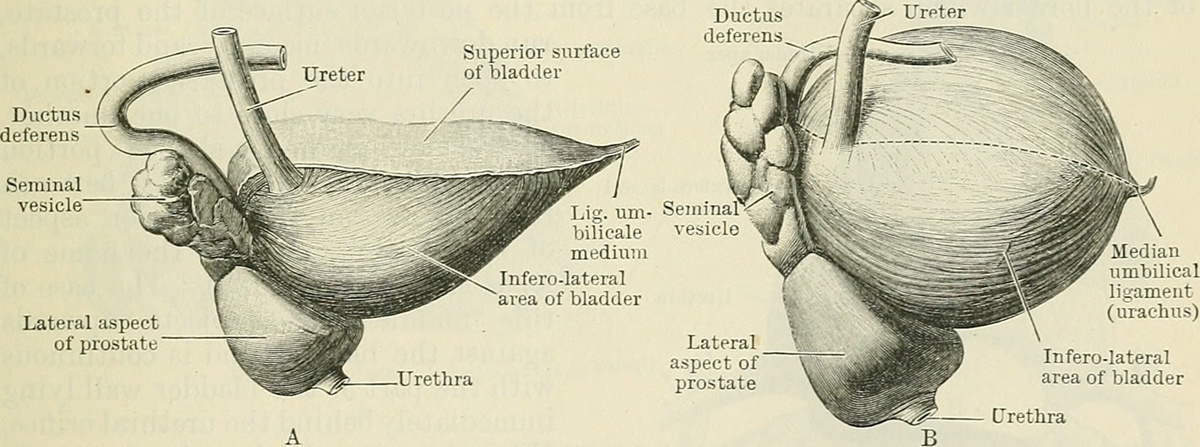
What Is the Pudendal Nerve?
The pudendal nerve is a Somatic nerve located in the pelvis and it represents a large branch of the sacral plexus. The sacral plexus is in charge of innervation of the external genitalia of both sexes and sphincters for the bladder and the rectum. The pudendal nerve separates into three branches. One goes to the Anorectal area, the second one to the perineum and the third branch innervated the penis and the clitoris.What Is Pudendal Neuralgia?
Pudendal neuralgia is a chronic medical condition. It affects both men and women. Still, the condition is more frequent among women. The initial symptom of pudendal neuralgia is pain in the genitals or the Anorectal area. The pain is accompanied by an unbearable discomfort that typically becomes worse when sitting. It may radiate around the pelvic area and affect both sides of the pelvis. Patients most commonly describe pain as burning, knife like or aching, stabbing, pinching, twisting and some of them may experience numbness of the affected area. Apart from the pain and discomfort patients suffering from pudendal neuralgia may additionally complain about urinary problems, bowel problems and sexual dysfunction. Since pudendal nerve is in charge with sexual pleasure and is one of the leading nerves necessary for achieving orgasm, sexual act while in this condition can be very painful and in many cases practically impossible. Irritation, damage or entrapment of the pudendal nerve is responsible for lost of most pleasures in one's life.
Diagnosing Pudendal Neuralgia
Being an uncommon and since it resembles many other medical conditions pudendal neuralgia may be hard to diagnose. It is essential to perform MRI of the pelvis and lumbosacral area in order to exclude tumors and cysts that may be pressing on the nerve. Furthermore, patients undergo additional tests and exams that are supposed to rule out infections and autoimmune illnesses. The doctor also determines the health of the pelvic floor muscles. Patient's medical history will provide with information regarding any trauma or injury to the nerve caused by surgery, childbirth etc. Additional diagnostic tests include sensory test, the pudendal nerve motor latency test and electromyography. A nerve block is another diagnostic tool for pudendal neuralgia.
Treatment for Pudendal Neuralgia
Treatment for pudendal neuralgia depends on the underlying cause. In case the cause cannot be identified patients are initially recommended the least invasive and the least risky treatment modalities.
Physical therapy comprises myofascial release and trigger point therapy. It provides with proper relaxation of the pelvic floor and reduce nerve irritation. Nowadays patients may benefit from Botox injections that are able to relax muscles and are very effective once injected into the pelvic floor muscles. Furthermore, the pain can be successfully alleviated with pudendal nerve blocks with a long-acting analgesic and a steroid.
In case previously mentioned therapies do not provide with desirable results an individual suffering from pudendal neuralgia may require surgery. The goal of the surgery is a decompression of the nerve. There are three approaches when it comes to pudendal nerve decompression. The recovery time after such surgery is often painful and lasts from 6 months to several years (because the nerve heals very slowly).

















Your thoughts on this
Loading...